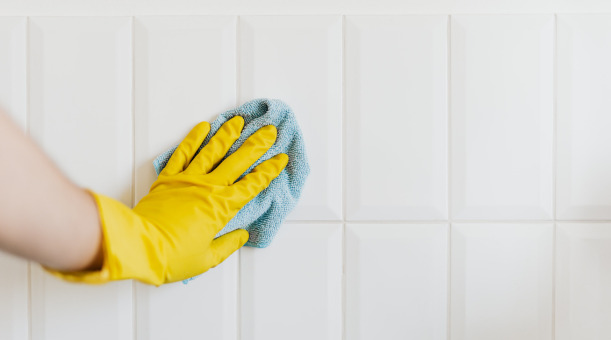Modern technological advancements have completely changed how we view and practice cleanliness. Smart technology's incorporation into our homes has raised the bar for hygiene with touchless appliances and self-cleaning surfaces. The development of antibacterial materials, UV-C sterilization, and air purification systems demonstrates how technology and hygiene may work together to create surroundings that are safer and healthier.
Smart Homes and Cleanliness
Convenience and cleanliness have been significantly impacted by the emergence of smart houses. With the help of voice-activated assistants, automated cleaning robots, and app-controlled appliances, we can keep our homes immaculate with little effort. Cleaning no longer takes up valuable time thanks to the simplicity of handling home tasks remotely.
Sustainable Cleanliness
Redefining cleanliness also entails considering its environmental impact. The shift towards eco-friendly cleaning products and practices highlights the growing awareness of sustainability. Biodegradable cleansers, reusable cleaning tools, and water-saving technologies not only uphold hygiene but also demonstrate responsible consumption.
On-the-Go Hygiene
Convenience and cleanliness have been significantly impacted by the emergence of smart houses. With the help of voice-activated assistants, automated cleaning robots, and app-controlled appliances, we can keep our homes immaculate with little effort. Cleaning no longer takes up valuable time thanks to the simplicity of handling home tasks remotely.
Transforming Personal Care Products
Personal care products have undergone a change, with convenience and hygiene taking center stage. People looking for immediate cleanliness without sacrificing their schedules might turn to wet wipes, no-rinse shampoos, and waterless cleaning products. These goods redefine conventional bathing and grooming customs to fit the speed of contemporary living.
The Role of Data in Hygiene
Redefining cleanliness has also been made possible by data-driven insights. Sensor-equipped smart bathroom fixtures can track usage trends and provide individualized advice. This fusion of data and hygiene improves ease while also assisting in resource utilization optimization.
Health and Well-being
The relationship between cleanliness and well-being has become more pronounced. Clean indoor air quality, sanitized surfaces, and the reduction of allergens contribute to healthier living spaces. The evolution of cleanliness now encompasses the broader goal of promoting overall health and wellness.
Overcoming Cultural Norms
Redefining cleanliness also involves challenging cultural norms and perceptions. The shift towards waterless or low-water sanitation solutions in regions where water scarcity is an issue demonstrates how innovation can reshape traditional practices while maintaining hygienic standards.
The Psychology of Cleanliness
The evolution of cleanliness is not merely physical but also psychological. The peace of mind that comes with a clean environment contributes to reduced stress and heightened mental well-being. This psychological aspect reinforces the idea that cleanliness extends beyond aesthetics.
The Future Landscape
The idea of cleanliness and convenience will probably change much more as society and technology continue to grow. Expect the use of artificial intelligence in predictive cleaning, biometric sanitation solutions, and even more sustainable practices that put the health of people and the earth first.
In conclusion, the reinterpretation of convenience and cleanliness is evidence of human ingenuity and flexibility. The development of hygiene reflects the meeting point of technology, lifestyle, and environmental awareness, from smart houses to sustainable practices. As time goes on, the combination of these factors will continue to create a society that is cleaner, more practical, and ultimately healthier.



